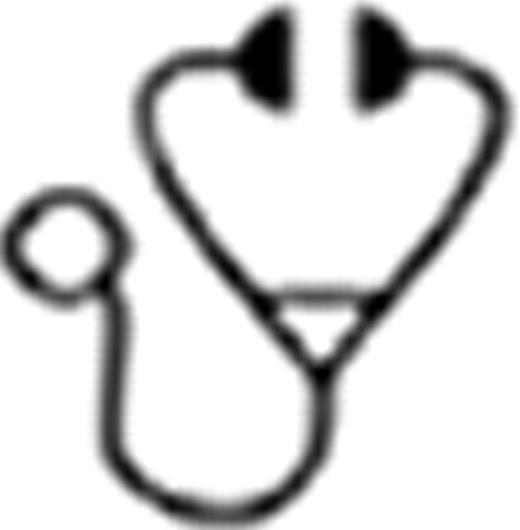Abstract
Abstract  3275
3275
Mutations in the gene for neutrophil elastase, ELANE, are the most common cause of both cyclic (CyN) and congenital neutropenia (CN).
The risk of transformation to AML and effectiveness of G-CSF therapy for CyN and CN are consequences of the specific mutations and types of mutations in ELANE.
We analyzed the treatment responses to G-CSF and occurrence of MDS/AML in 307 patients (CyN 118 and CN 189) with ELANE mutations observed prospectively for 0.4 to 24.9 years through the Severe Chronic Neutropenia International Registry (SCNIR). Most, but not all, patients have received long-term treatment with G-CSF. The median dose in CyN patients was 2.2 μg/kg/day (median duration 14.5 years; mean duration 13.9 years; range: 0.6 – 24.9 years) and the median dose in CN patients was 6.8 μg/kg/day (median duration 10.8 years; mean duration 11 years, range: 0.4 – 24.1 years).
In this population, there are 110 different ELANE mutations: 68 single base pair/amino acid substitutions; 16 frameshifts; 10 terminations; 8 intronic mutations predicted to alter mRNA splicing; and 7 in-frame deletions or insertions. There is also one single-base mutation in the 5' UTR near the start codon. Single base pair/amino acid substitutions are the most common in both CyN and CN populations. Several mutations, particularly in exons 4 and 5 and intron 4, have been observed in both CyN and CN patients. This overlap confounds the use of genetic testing for differential diagnosis of these conditions.
Twenty-nine of 189 (15%) CN patients developed MDS/AML, associated with 26 different ELANE mutations. Clusters of MDS/AML cases were observed at two loci: 3 of 4 patients with mutations at C151Y and 3 of 9 patients with mutations at G214R developed MDS/AML. There are 85 mutations which have thus far not been associated with MDS/AML. There is no apparent association of AML with mutations in particular regions of the gene, i.e., specific exons or introns. However, there is an apparent association between type of mutation and risk of leukemia. MDS/AML occurred in decreasing frequency with frameshifts 6/19 (32%); terminations 3/12 (25%); intronic predicted to alter mRNA splicing 3/15 (20%); in-frame deletions or insertions 1/7 (14%); and single base pair/amino acid substitutions 16/136 (12%). The apparent high risk associated with the substitution mutations C151Y and G214R may be attributable to major changes in the protein structure due to the size and charge/polarity differences of the exchanged amino acids. Significantly, there are no cases of CyN associated with MDS/AML and no cases of CyN associated with frameshift mutations.
Because of the association of higher G-CSF doses with greater risk of AML, we examined the relationship between G-CSF dose and ELANE genotype. Of 233 patients with available dosing data, 74 received G-CSF doses greater than 8 μg/kg/day; a dose level previously associated with increased risk of MDS/AML (Rosenberg et al, Blood 2008). The ELANE mutations in this sub-population were: frameshifts 9/19 (47%); terminations 6/14 (43%); intronic 4/41 (10%); in-frame deletions or insertions 1/8 (12%); single base pair/amino acid substitutions 53/149 (36%); and 5'UTR 1/1 (100% at 16 μg/kg/day). The median G-CSF doses for these 233 patients were: frameshifts 7.0 μg/kg/day; terminations 5.1 μg/kg/day; single base pair/amino acid substitutions 5.1 μg/kg/day; intronic 2.4 μg/kg/day; in-frame deletions or insertions 5.4 μg/kg/day; 5'UTR 16 μg/kg/day.
The association of certain mutations, i.e., C151Y and G214R, and frameshift and termination mutations with higher risk of MDS/AML and higher requirements for G-CSF therapy are important findings that should prove helpful to clinicians and guide further basic research. Registries and repositories are extremely valuable for understanding the consequences of rare hematological diseases such as cyclic and congenital neutropenia.
Boxer:Amgen: Equity Ownership. Dale:AMGEN: Consultancy.
Author notes
Asterisk with author names denotes non-ASH members.

This icon denotes a clinically relevant abstract

This feature is available to Subscribers Only
Sign In or Create an Account Close Modal